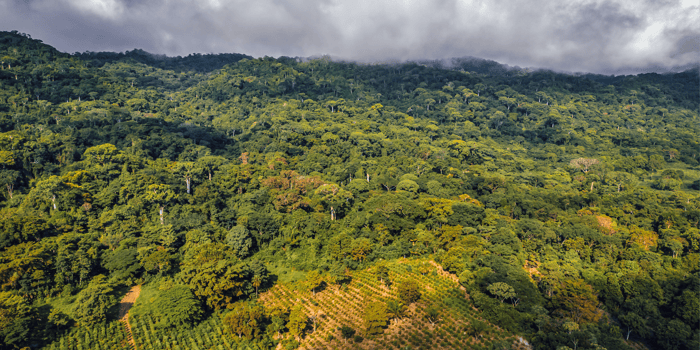Invest in forests: How to choose a reforestation project that benefits nature and yields returns


Photo credit: The Generation Forest
Deforestation continues to advance all over the globe. While forests are being replanted in some regions, in most cases, they are more threatened than ever. According to Global Forest Watch, a total of 76.3 million hectares of primary forest were lost globally between 2002 and 2023, accounting for 16% of total tree cover loss during the same period. Yet forests are essential: they store CO2, regulate the climate, protect biodiversity, and provide habitats for countless species. For humans, they are also a crucial resource and a guarantee of a healthy environment. Through targeted investments, we can contribute to the long-term preservation and restoration of forests.
Creating Forests Through Investments
Reforestation projects enable investors to actively combat deforestation while generating sustainable returns. One example is The Generation Forest, which offers investors the opportunity to invest in permanently managed rainforests. This approach not only sequesters CO2 but also creates long-term economic perspectives. Such models are essential, as they ensure that forests are not just planted but sustainably managed, preserving their ecological value.
What Investors Should Consider When Selecting a Reforestation Project
Location:
Investors should decide whether they want to support forests in their own region or invest in areas with a greater ecological impact, such as the tropics, where forests grow faster and can store CO2 more effectively.
Impact:
Not all reforestation projects are truly sustainable. Many rely on monocultures, which may promise short-term profits but offer no long-term environmental benefits. More sustainable alternatives are projects that focus on permanent mixed forests while also incorporating social components. The Generation Forest combines these aspects by creating mixed forests with local community participation.
Returns:
Most afforestation projects operate as non-profits, relying on donations and grants to restore forests. However, some innovative models allow investors to actively participate in forest creation while generating financial returns in the long run. At the same time, both the environment and local communities benefit from forests. However, these are long-term investments, as high-quality timber takes time to grow, making it a stable asset on the global market.
Transparency:
Trust is a key factor, especially for projects in remote regions. Serious reforestation projects should disclose how they are funded and what their impact is. Clear structures, regular updates, and annual or impact reports, such as those provided by The Generation Forest , help investors make informed decisions. The early years after planting are particularly cost-intensive, making transparent financial management crucial.
Save forests through investments
Those who want to actively combat global deforestation can make a meaningful impact through their financial investments. Investing in reforestation projects can be a valuable combination of financial returns and climate protection. However, it is crucial that these projects are not purely profit-driven but are designed for long-term ecological benefits. Monocultures and clear-cutting offer little environmental value. The future lies in permanently managed mixed forests that preserve biodiversity, provide economic opportunities for local communities, and counteract climate change. Impact investments like those from The Generation Forest offer a promising way to align nature conservation with economic sustainability.
Please also refer to the Impact Report published by The Generation Forest.
Luca Pot d’Or, Responsible for Content & Communication at the climate protection cooperative The Generation Forest based in Hamburg, LinkedIn
All opinions expressed are those of the author and/or quoted sources. ESG.Guide is an independent and neutral platform dedicated to presenting different perspectives and generating debate around ESG, sustainability and impact investing topics.
Published by
 investESG
investESG
 investESG
investESG

